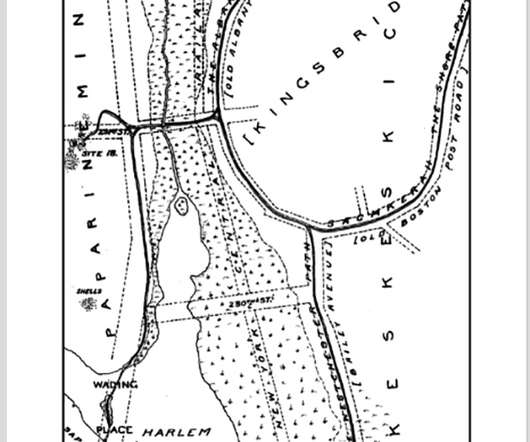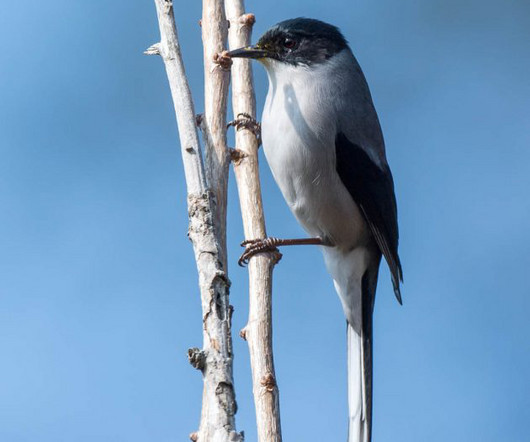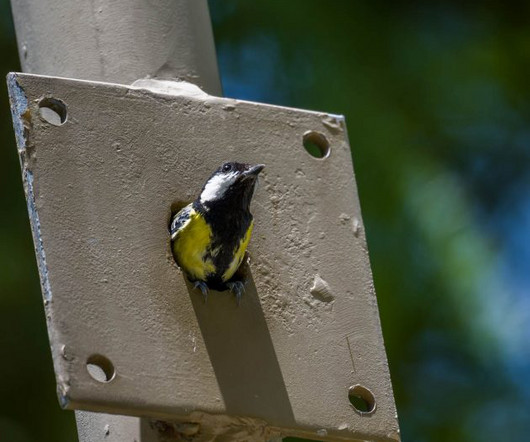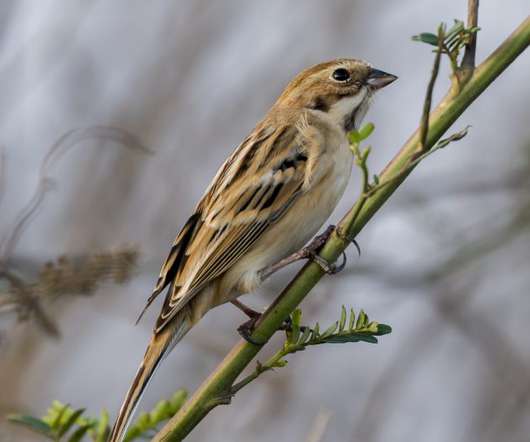How The Bird Got Its Beak
10,000 Birds
MAY 19, 2015
So this new research is very interesting, and we applaud the scientists for their work. These researchers carried out two different major efforts that in combination advance our understanding of the evolution of the bird beak. Figuring that out would be a next step in this research, and will likely prove difficult.












Let's personalize your content